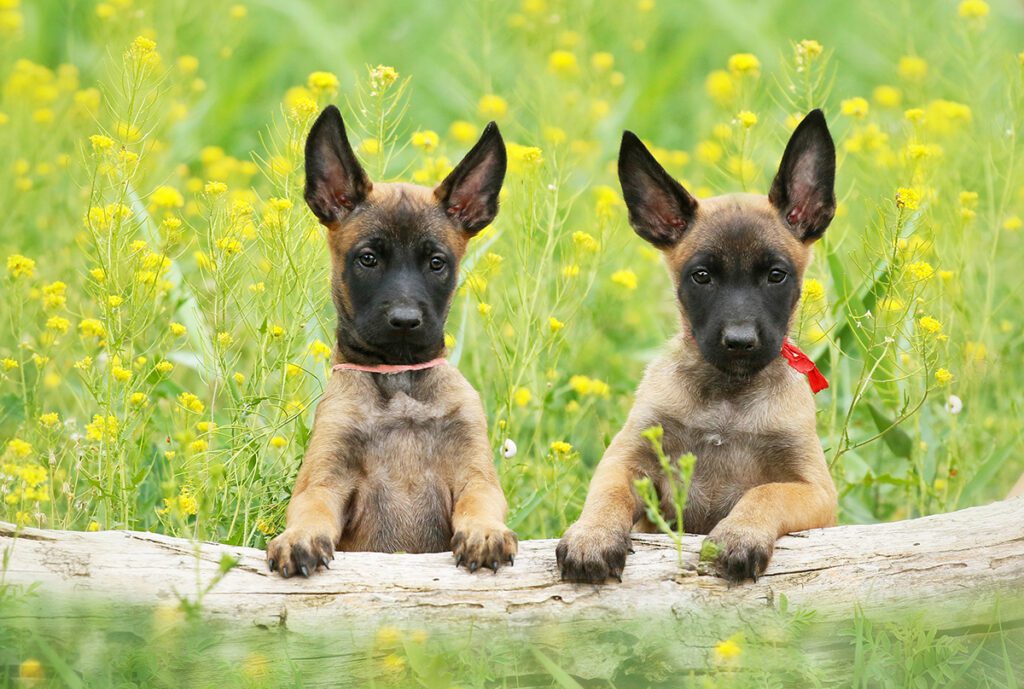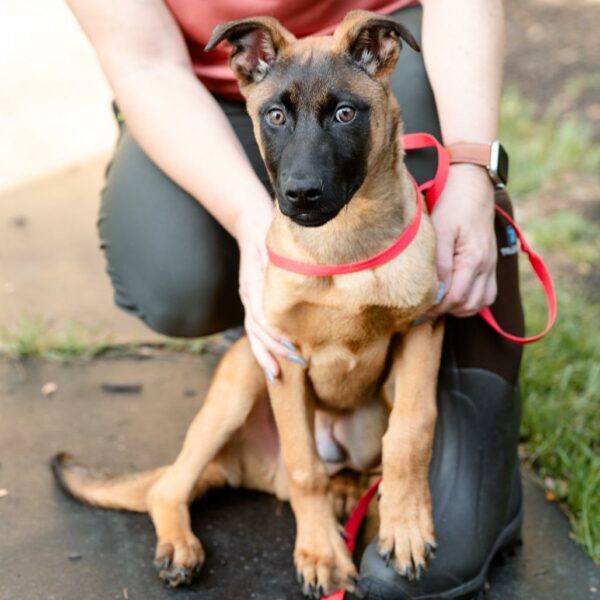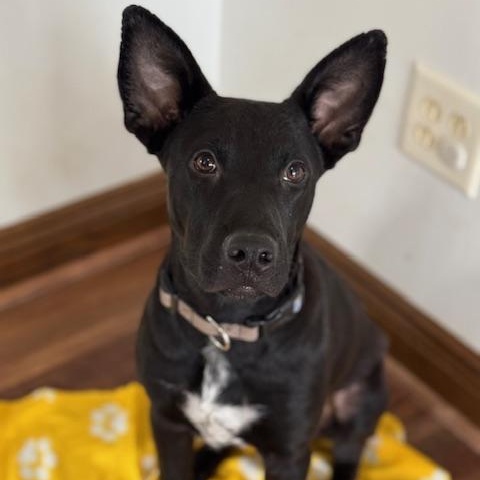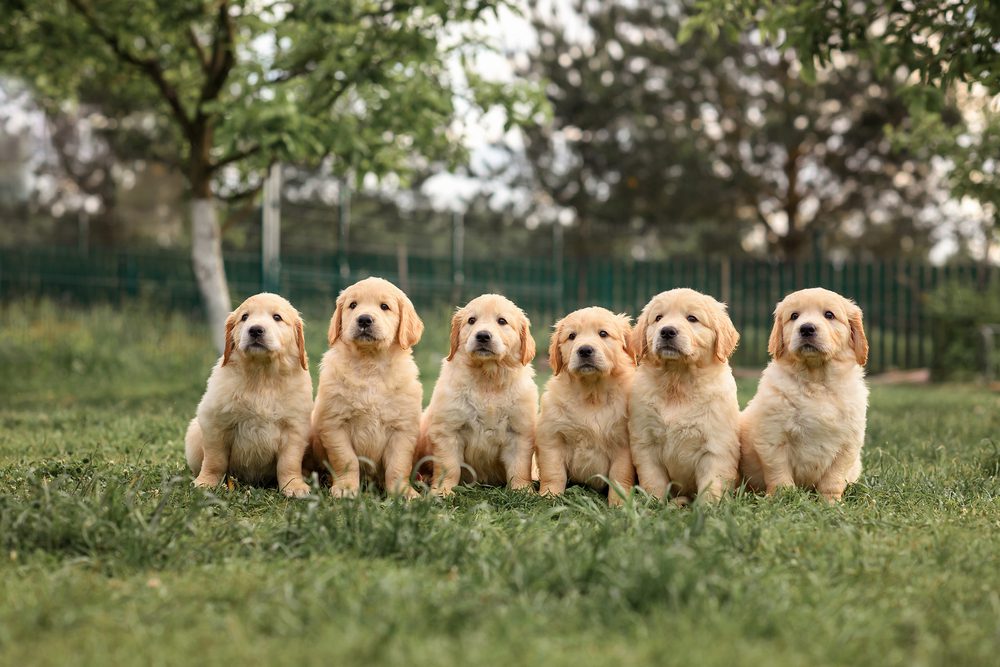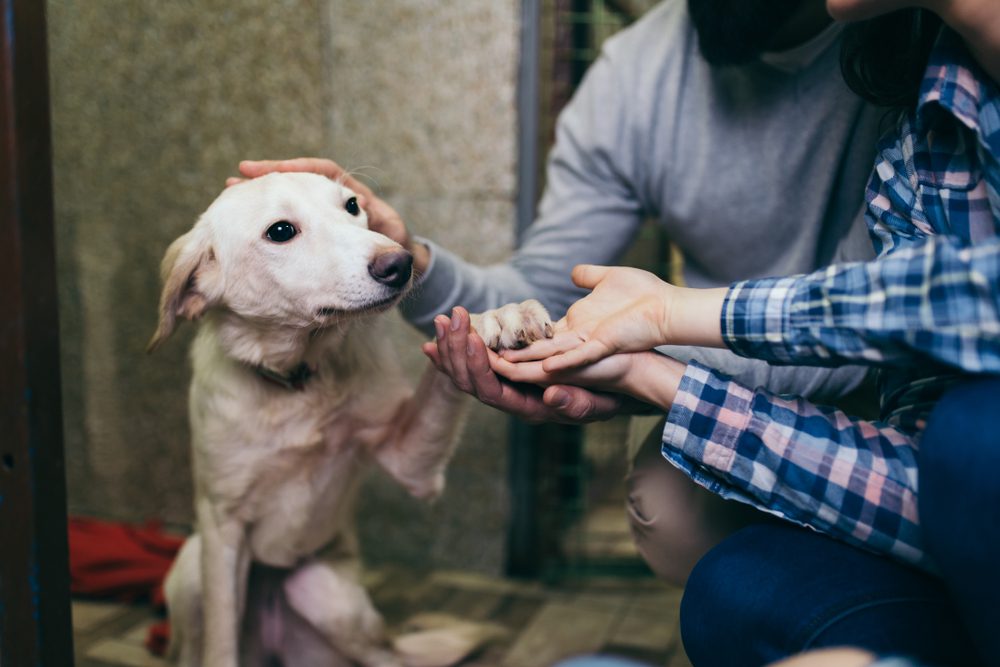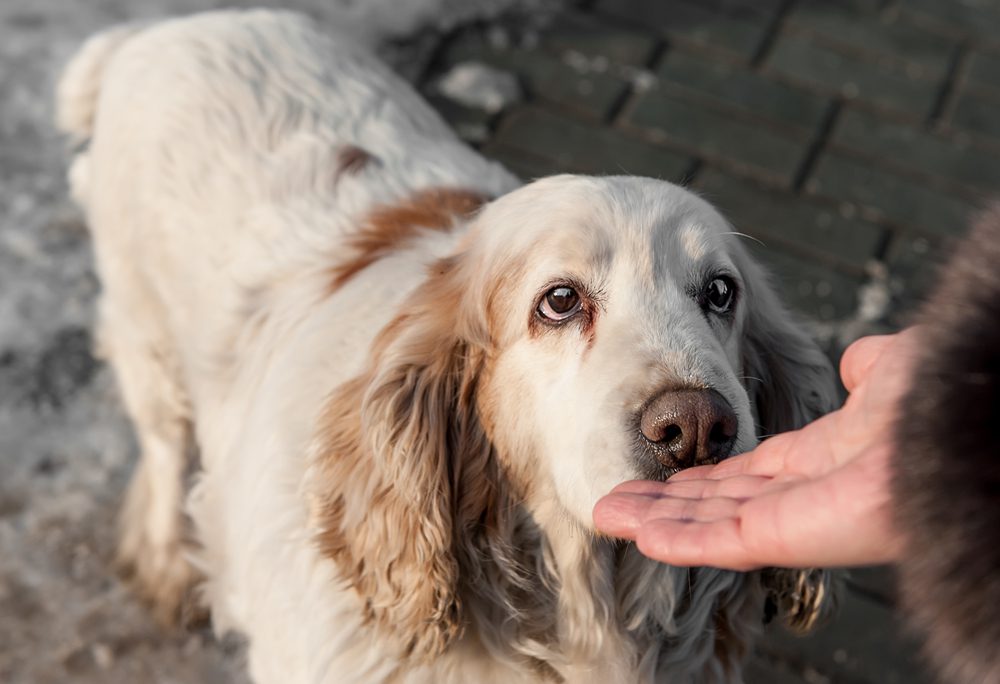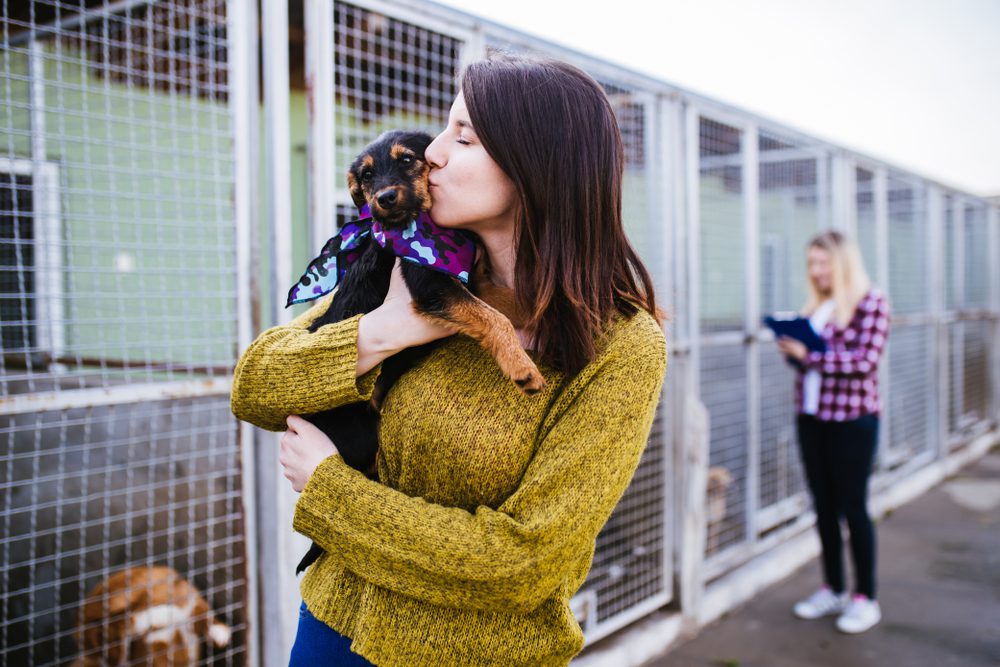Belgian Malinois
Breed Stats
Adopting a Belgian Malinois: An Overview
If you’ve been searching for how to adopt a Belgian Malinois, you probably already know this isn’t your typical house pet. These dogs are incredibly smart, loyal, and full of energy, but they’re also among the most commonly surrendered breeds in the U.S., because people get in over their heads with this breed.
Many new owners don’t realize what they’re signing up for when adopting a Belgian Malinois. These dogs need structure, mental challenges, and serious daily exercise. Without it, they can become destructive or anxious. That’s why so many end up in rescue situations after being bought from breeders by families who weren’t ready.
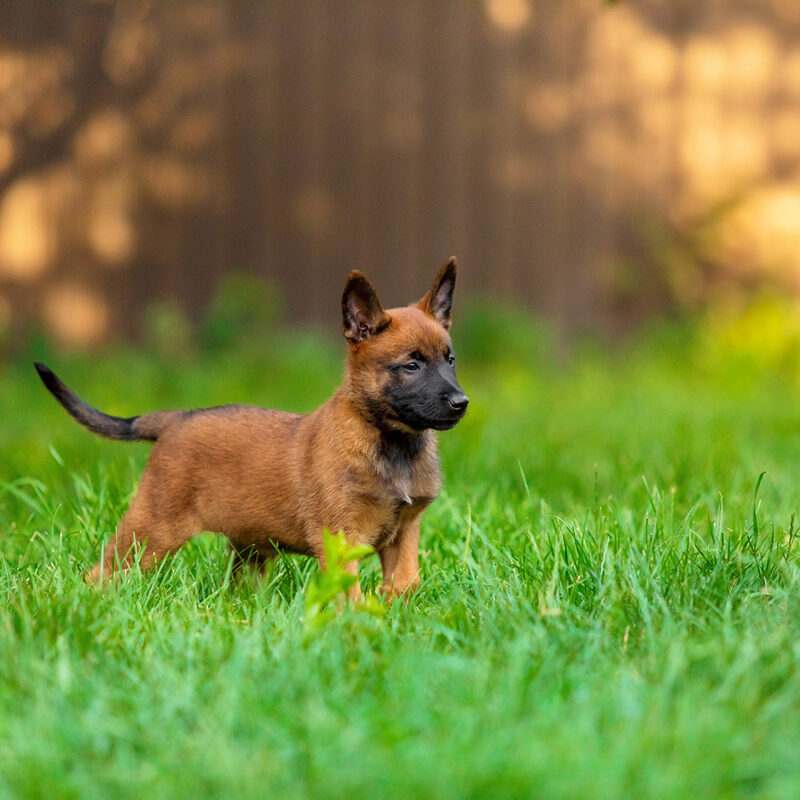
The good news is that adoption is a great way to give one of these dogs a second chance. Finding a Belgian Malinois for adoption in the U.S. isn’t too tricky. You’ll have the best luck going through breed-specific rescues or organizations focusing on working dogs. These groups understand the Belgian Malinois breed and can help match you with a dog that fits your lifestyle and experience level. Local shelters sometimes have Belgian Malinois as well, but they may not offer the same level of support.
As for cost, adoption usually ranges from $300 to $800, depending on the dog’s age, health, and the rescue you’re working with.
You’ll also need to budget for basic supplies like a crate, leash, food and water bowls, and bedding. That could run another $100 to $700, depending on what you already have. If your dog hasn’t been spayed or neutered yet, that could add $200 to $500.
Also, keep in mind that most rescues have an application process. They may ask for references, details about your home, and sometimes a home visit. The process is not meant to be a hassle but to ensure the dog goes to the right home.
So if you’re wondering how to adopt a Belgian Malinois, know that it’s absolutely possible, but it’s not a casual decision. These dogs thrive with experienced, active owners who can meet their needs. If that sounds like you, this breed might be the right choice for your needs.
For Even More Information on Belgian Malinois
View Breed InfoBelgian Malinois For Adoption
How to Care for an Adopted Belgian Malinois?
Every adopted Belgian Malinois has a different story. Some were trained for police or military work but didn’t make the cut, and others were surrendered by families who underestimated the breed’s needs.
You might adopt a high-energy adolescent, a cautious senior, or a dog that never had structure before. No matter their age or background, one thing is certain: Belgian Malinois are intense, intelligent, and loyal dogs who need purpose.
These dogs are not naturally laid-back or go-with-the-flow. They can become anxious, destructive, or reactive without structure and clear leadership. But with proper care, they’ll become one of the most loyal and capable companions you could ever have.
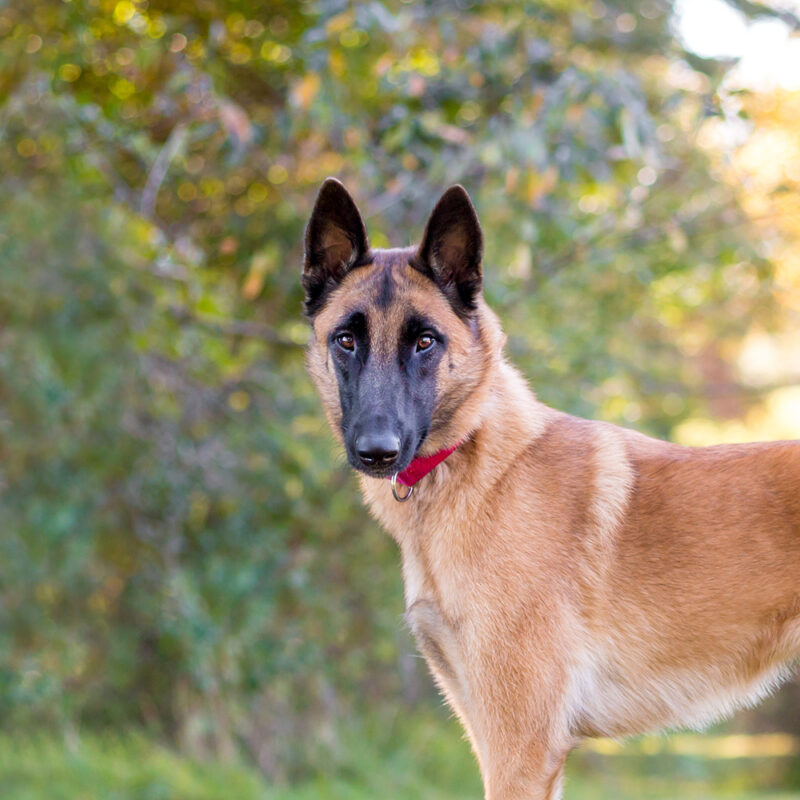
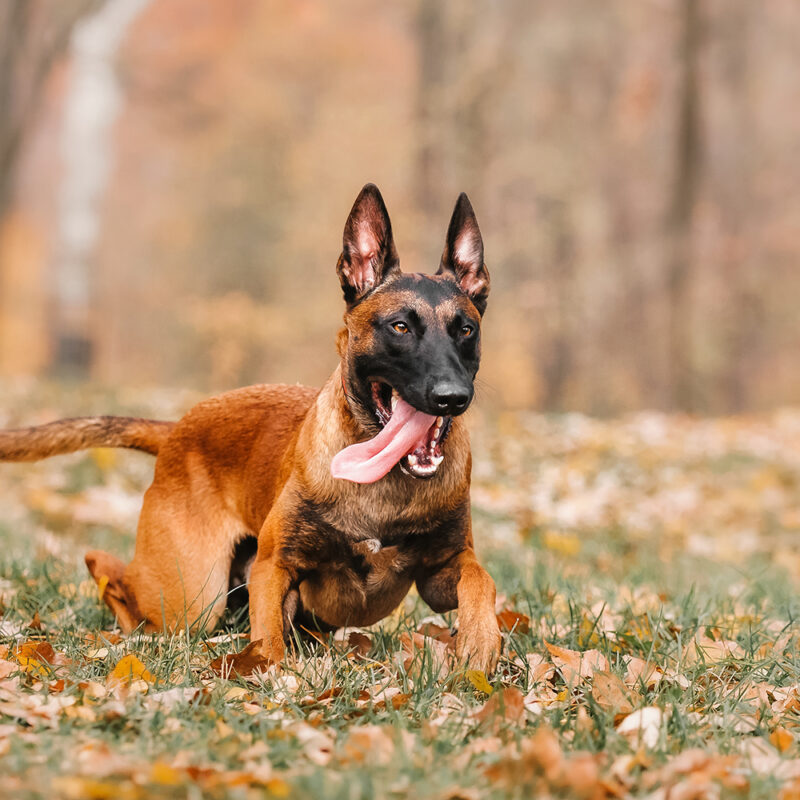
Here’s a structured list covering all aspects of caring for an adopted Belgian Malinois:
Training and Mental Stimulation
Training is not optional for this breed, and it should start the day they come home, no matter how old they are. You should never assume an adopted dog has received any previous training. Even if they have, you’ll likely need to rebuild those foundations in your home.
Start with basic commands like sit, stay, come, and heel. Once those are solid, move into more advanced work like recall drills, agility games, or scent work. Belgian Malinois thrive when they’re learning. You don’t need to be a pro trainer, but you do need to be consistent, confident, and calm.
Consistent Exercise
This breed has no shortage of energy, and a typical walk around the block won’t be enough. Plan for at least 60 to 90 minutes of active exercise every day. That could mean structured play sessions, long hikes, fetch, or running alongside you. Your dog will do better with two hours or more of activity, including completing work commands.
Without exercise, these dogs can become frustrated and destructive. Even with a fenced yard, they’ll need you to engage them actively. Just turning them loose outside is not the same as working with them and keeping them mentally stimulated.
Feeding and Nutrition
Belgian Malinois need high-quality nutrition to support their active lifestyles. A diet rich in protein and healthy fats works best. Most adult Malinois eat two meals daily, averaging two to three cups of food depending on activity level and metabolism.
Avoid overfeeding, as these dogs are naturally lean. If your adopted Malinois is underweight or overweight, consult your vet for a tailored feeding plan and schedule.
Grooming
Malinois have a short double coat that sheds steadily all year, with seasonal spikes in spring and fall. Brushing weekly will help reduce loose hair and keep the coat healthy. However, you’ll want to increase brushing to two or three times weekly during heavier shedding periods.
These dogs don’t need frequent baths unless they get into something messy. Nail trims, ear checks, and dental care should also be part of their grooming routine.
Tailored Care
While basic care needs are one part of the equation, you must also understand that your newly adopted Belgian Malinois will need time to adjust to its surroundings. It’s completely natural; adjustments take time.
Some adopted Malinois come home confident, while others might be nervous or even shut down. You can expect a transition period where they learn your routines and determine where they belong.
So, in the first few weeks, keep things calm and predictable. Set a schedule for meals, walks, and training sessions. Provide a safe, quiet space for them to rest and observe. Positive reinforcement and clear boundaries will help build trust and reduce anxiety.
Is It a Good Idea to Adopt a Belgian Malinois As Your First Dog?
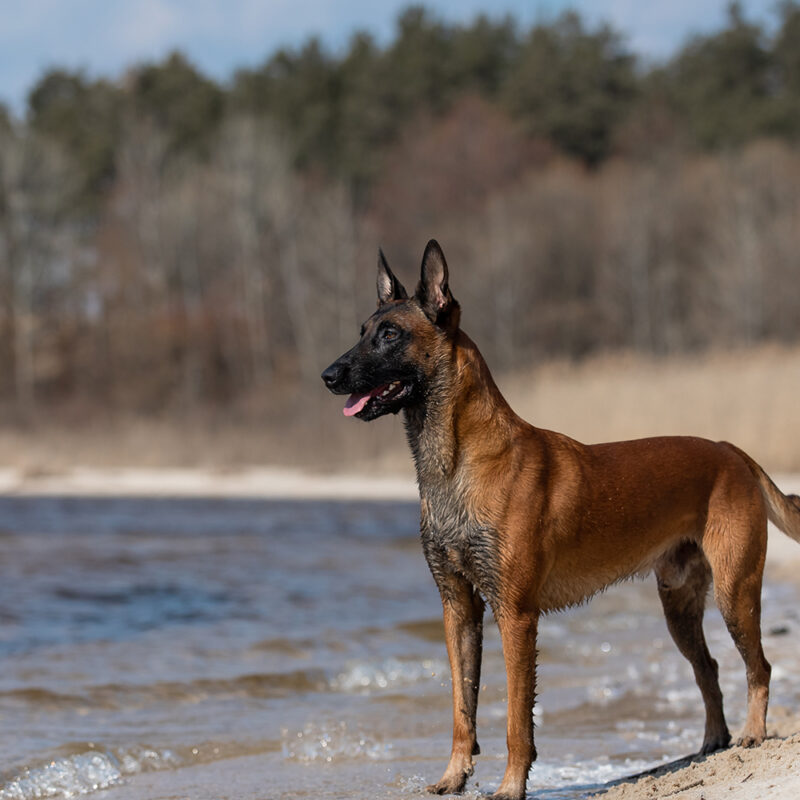
If you’re wondering whether adopting a Belgian Malinois as your first dog is a good idea, the honest answer is: probably not. While these dogs are incredibly smart and loyal, they’re also one of the most demanding breeds to care for.
Don’t just take our word for it. Here are a few make-or-break reasons why the Belgian Malinois can be a tough fit for first-time dog owners.
These dogs are built for work. Originally bred for herding and now widely used in police and military roles, the Belgian Malinois thrives on structure, purpose, and intense activity. If you can’t meet those needs consistently, you’ll likely run into serious behavioral issues.
Most Malinois require at least two hours of vigorous exercise each day. This could mean running, advanced obedience, agility, or scent detection work. They often become anxious, destructive, or overly reactive without this outlet.
Belgian Malinois tend to chase things. That can include squirrels, bikes, or even other pets. They’re also very protective, which sounds great until your dog starts barking at every stranger who walks by. Early and ongoing socialization is key, but many new dog owners underestimate how much work that really takes.
This breed needs constant engagement. A bored Belgian Malinois is a problem waiting to happen. They can develop obsessive behaviors, anxiety, or destructive habits like chewing and digging if left unstimulated. Mental stimulation is just as important as physical activity. Think puzzle toys, scent work, obedience drills, and agility games.
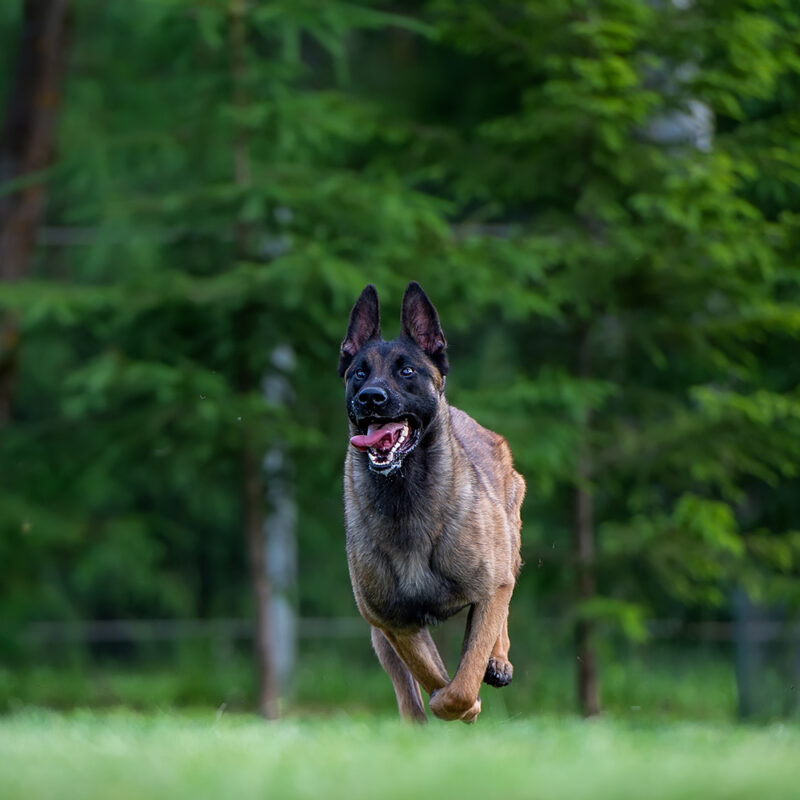
They aren’t low-maintenance. These dogs are not the type you can just let out in the yard to mind their own business. They demand time, patience, and consistency. You’ll likely struggle to meet their needs if your lifestyle is busy or unpredictable.
That said, it’s not impossible to adopt this breed as your first dog. You might do well with a Malinois if you’re an active person with a strong interest in training and behavior and are ready to work with a professional trainer. Some rescues have lower-drive dogs that are better suited to home life. Others offer detailed assessments to help match dogs with the right owner.
Families or individuals with experience handling high-drive breeds like border collies, German shepherds, or Australian shepherds may find the leap to adopting a Belgian Malinois more manageable. However, if you’ve never owned a dog before, it’s a steep learning curve.
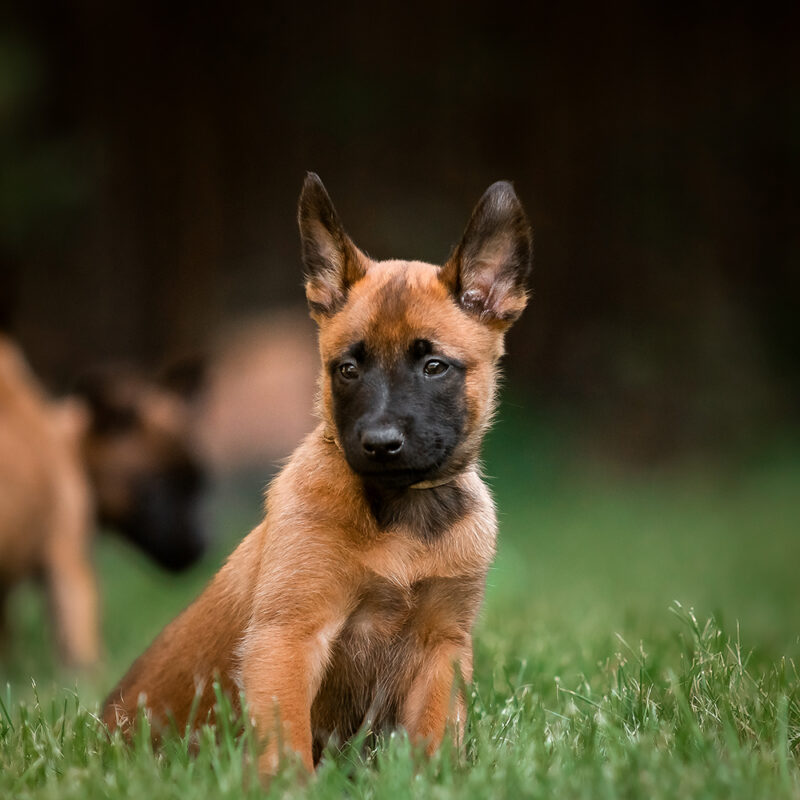
Adopt the Right Belgian Malinois for You
Adopting a Belgian Malinois isn’t just about falling in love with a photo online. It’s about choosing a dog whose needs, temperament, and background align with your lifestyle and capabilities. These dogs are not one-size-fits-all. Finding the right match can mean the difference between frustration and a life-changing partnership.
Start by evaluating your household. Consider how a high-drive working breed will integrate if you have young children, other dogs, or small pets like cats or rabbits. While Malinois are affectionate and protective with their families, their strong prey drive means early socialization and structured introductions are essential. It also means they don’t do well in homes with small animals they could potentially chase.
Additionally, consider the long-term commitment of adopting this breed. Belgian Malinois live 10 to 14 years and need more than just food and walks. They require high-quality nutrition, routine veterinary care, enrichment through mental stimulation, and consistent physical activity. If you’re not ready to spend time on training, puzzle toys, and exercise every day, this may not be the breed for you.
Your support system matters, too. Do you have a good veterinarian you trust? Are you willing to work with a professional dog trainer who has experience with working breeds, especially if you’re a first-time Malinois owner? Having these resources in place can make a huge difference in navigating any challenges that arise and prevent serious issues later.
Most breed-specific rescues conduct behavioral assessments before matching dogs with adopters, which you can use to your advantage in addition to asking questions about the Belgian Malinois you are interested in. Learn the dog’s background, energy level, social skills, and any known triggers to help prepare you for their care needs.
For example, a younger, high-drive Malinois may suit someone with a sport or working dog background, while a calmer senior may be a better fit for someone seeking companionship without as much intensity.
Most importantly, be honest with yourself. Can you meet this dog’s needs, now and for the next decade? If the answer isn’t a confident yes, it’s okay to wait. Rescue organizations are there to help you find the right fit.
When you take the time to make a thoughtful, informed decision, you’re not just adopting a Belgian Malinois. You’re gaining a devoted teammate, a dog who will challenge you, grow with you, and reward your efforts with unmatched loyalty and love.
